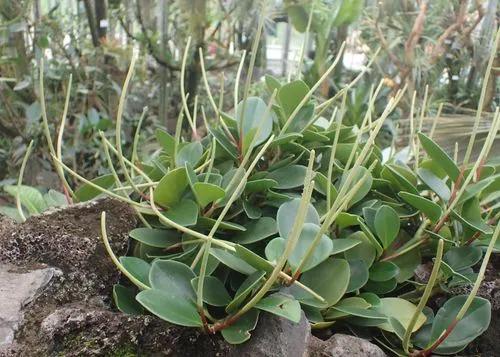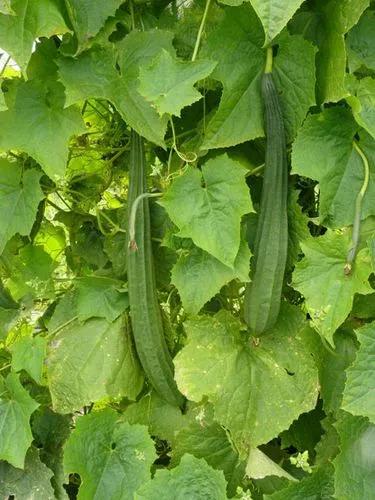Kiereweed is a perennial tropical native to the Caribbean. This low-growing herbaceous is mainly grown for ornamental purposes.
Kiereweed Care
Pilea depressa



Pilea depressa reaches up to 16 inches (40cm) in height. The stems are creeping, thin and smooth. The leaves are small, oval, glossy, and have a wavy edge. The color of the upper part of the leaf is usually green or light green, and the lower part is reddish-green. Small blossoms are collected in inflorescences. After pollination, the plant produces fruits in small, one-seeded boxes covered with a pericarp. The dormant period lasts from October to February.
How to Care for the Plant

Water

In the spring and summer, moisten the soil immediately after its top layer dries. When irrigating, use distilled water. In the cold season, water two days after the substrate has dried. Pilea depressa tolerates drought much better than excess fluid.

Pruning

If you want to avoid annual transplants, you can pinch Kiereweed regularly. You can also cut off emerging inflorescences, so the plant does not waste energy on flowering.

Fertilizer

In the spring-summer period, fertilize once in 7 days. Use mineral complex fertilizer for decorative leafy plants. In winter, the number of dressings can be reduced to 1 time in 4 weeks.

Sunlight

Pilea depressa needs bright but diffused light. Avoid direct sunlight. A west- or east-facing windowsill is best suited for growing Kiereweed. This greenie also requires a lot of sun in winter, so don't let it freeze!

Soil

Use humus soil with a slightly acidic or neutral composition. You can prepare a mix yourself. Combine humus and turf soil, sand, and peat in equal proportions.

Propagation

You can propagate Kierewed from cuttings or seeds. Propagation by cuttings can be done at any time of the year. Place the cuttings in a container of water or loose substrate. Allow them to grow roots, and then move them to a pot with a soil mix.

Temperature

Kiereweed feels most comfortable throughout the year at 77°F (25°C). During the winter, you need to ensure the temperature doesn't drop below 63°F (17°C). Remember that winter drafts can cause harm to your leafy buddy.

Container

Since Pilea depressa has a shallow root system, you can use a small pot. It should be more broad than deep. Remember to provide the drainage layer. You can also grow the plant hydroponically.

Fun fact

In Western Europe, Pilea depressa is known as "Baby Tears." The plant owes this name to the shape of its leaves.

Popularity

1,362 people already have this plant 237 people have added this plant to their wishlists
Discover more plants with the list below
Popular articles






